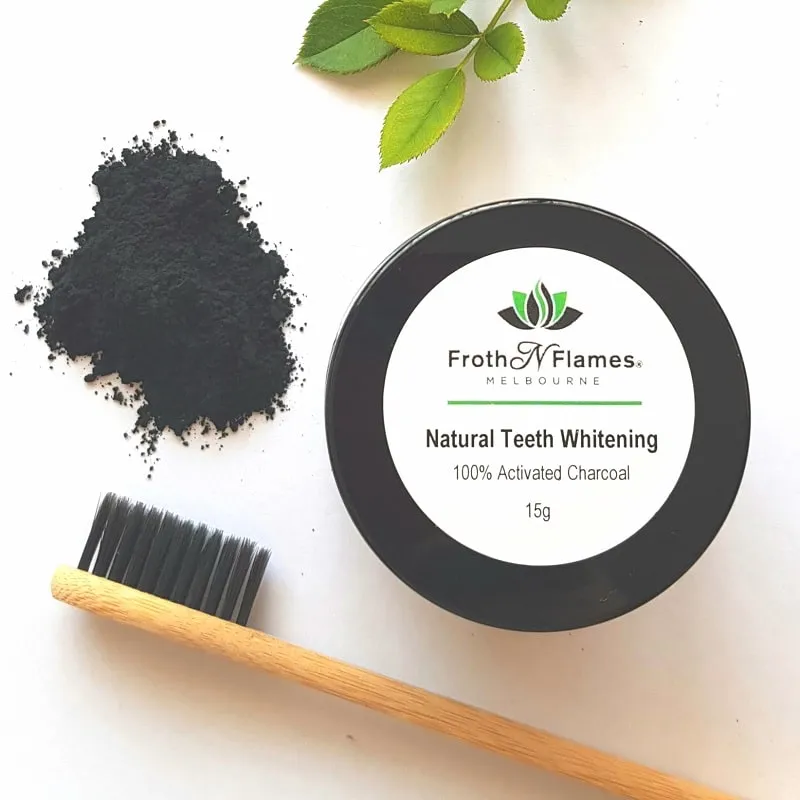What is Activated Charcoal
Activated charcoal has become a popular ingredient in teeth whitening products, promising a brighter, healthier smile. But what exactly is it? Unlike the charcoal you use for grilling, activated charcoal is a fine, black powder made from various materials, such as coconut shells, wood, or bamboo. These materials are heated to very high temperatures and then “activated” with steam or another agent. This process creates a porous structure, increasing the surface area and making it highly absorbent. The unique structure of activated charcoal allows it to attract and bind to toxins, chemicals, and stains, making it a potential solution for teeth whitening. Because of its properties, many people are switching from artificial teeth whiteners to activated charcoal.
How Activated Charcoal Works for Teeth Whitening
Activated charcoal works on the principle of adsorption, not absorption. Adsorption is the process where substances stick to a surface. In the case of teeth whitening, activated charcoal’s porous surface attracts and binds to the stains on your teeth caused by substances like coffee, tea, wine, and tobacco. By removing these stains, activated charcoal can help to brighten your teeth. However, it’s important to note that activated charcoal does not change the natural color of your teeth. It mainly works to remove external stains and should be considered as a surface treatment. While many users report positive results, the effectiveness can vary depending on the type and severity of staining and individual oral hygiene practices. This is a great alternative to use if you are trying to find natural ways of whitening your teeth.
Choosing the Right Activated Charcoal
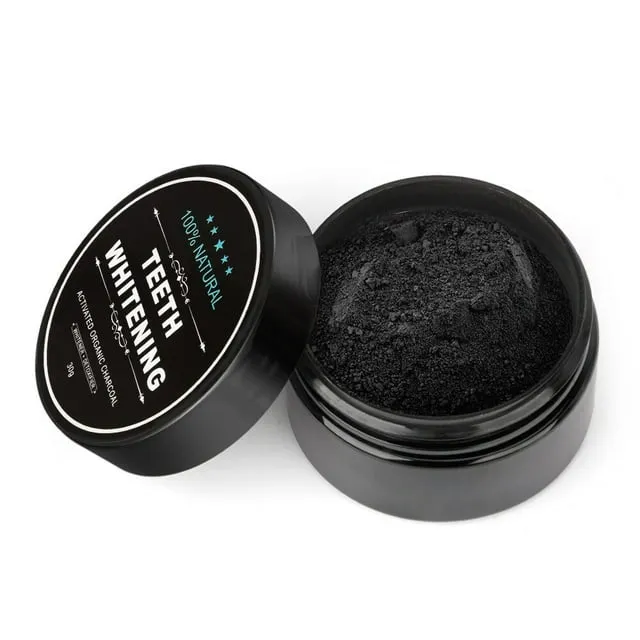
Not all activated charcoal products are created equal. The source of the charcoal, the activation process, and the additives used can all affect the product’s effectiveness and safety. When choosing an activated charcoal product for teeth whitening, it’s important to consider a few key factors. Opting for high-quality products can ensure you get the best results while minimizing potential risks. Be sure that it doesn’t include other chemicals or additives. Pure products are the best when it comes to your dental care.
Selecting the Right Charcoal Product
Activated charcoal products come in various forms, including powders, toothpastes, and even mouthwashes. The most common form for teeth whitening is activated charcoal powder, which is often considered the most versatile. When selecting a product, read the label carefully. Look for products that are specifically designed for oral use. Avoid products with added sweeteners, artificial flavors, or harsh abrasives. Some products may contain additional ingredients like bentonite clay or essential oils, which can further enhance the whitening process. Assess what product form works best for your needs and preference.
Checking the Charcoal Quality
The quality of activated charcoal is crucial for both its effectiveness and safety. The best activated charcoal is derived from natural sources like coconut shells, which is a sustainable and safe option. Ensure the product is food-grade to avoid ingesting harmful substances. Check for certifications or third-party testing to verify purity and quality. Look for products that are free from additives, fillers, and artificial ingredients. High-quality activated charcoal will have a fine, consistent texture, making it easy to apply and ensuring it won’t damage your enamel. When you choose the right charcoal, you’re setting yourself up for better results.
Step-by-Step Guide to Teeth Whitening
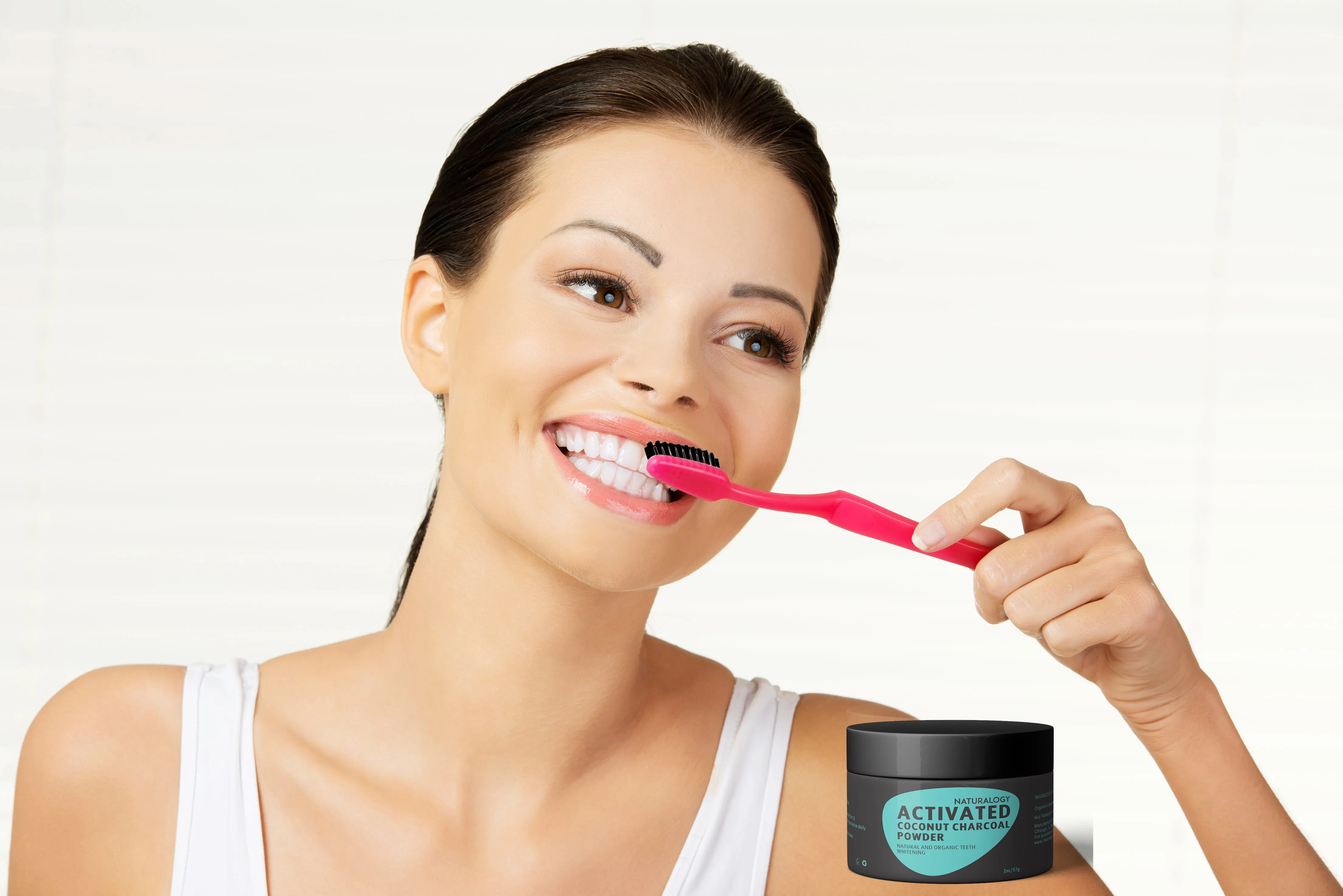
Using activated charcoal for teeth whitening is a simple process that can be easily incorporated into your daily oral hygiene routine. Following the correct steps and maintaining consistency will help you achieve the best possible results. While it is a natural process, it is important to follow the proper steps to get the results you want without harming your teeth. With consistent use, you can gradually see an improvement in the brightness of your smile. Follow these steps, and you’ll be on your way to whiter teeth.
Gathering Your Supplies
Before you begin, gather all the necessary supplies. You will need activated charcoal powder or a charcoal-based toothpaste, a toothbrush (preferably with soft bristles), a small cup or container for the powder, water, and your regular toothpaste. It’s a good idea to have a dark-colored towel or cloth on hand to protect your clothes and sink from any potential mess. Also, you may want to have a small mirror to see the process. Having everything ready will make the process smoother and more convenient. The right supplies make a difference.
Preparing Your Teeth
Before applying activated charcoal, brush your teeth with regular toothpaste to remove any large food particles and debris. Rinse your mouth thoroughly with water to remove the toothpaste and prepare your teeth for the activated charcoal. This will help the charcoal work more effectively by ensuring it comes into direct contact with the stains on your teeth. Make sure you have clean teeth before you start. This will ensure you get the best results.
Applying the Activated Charcoal
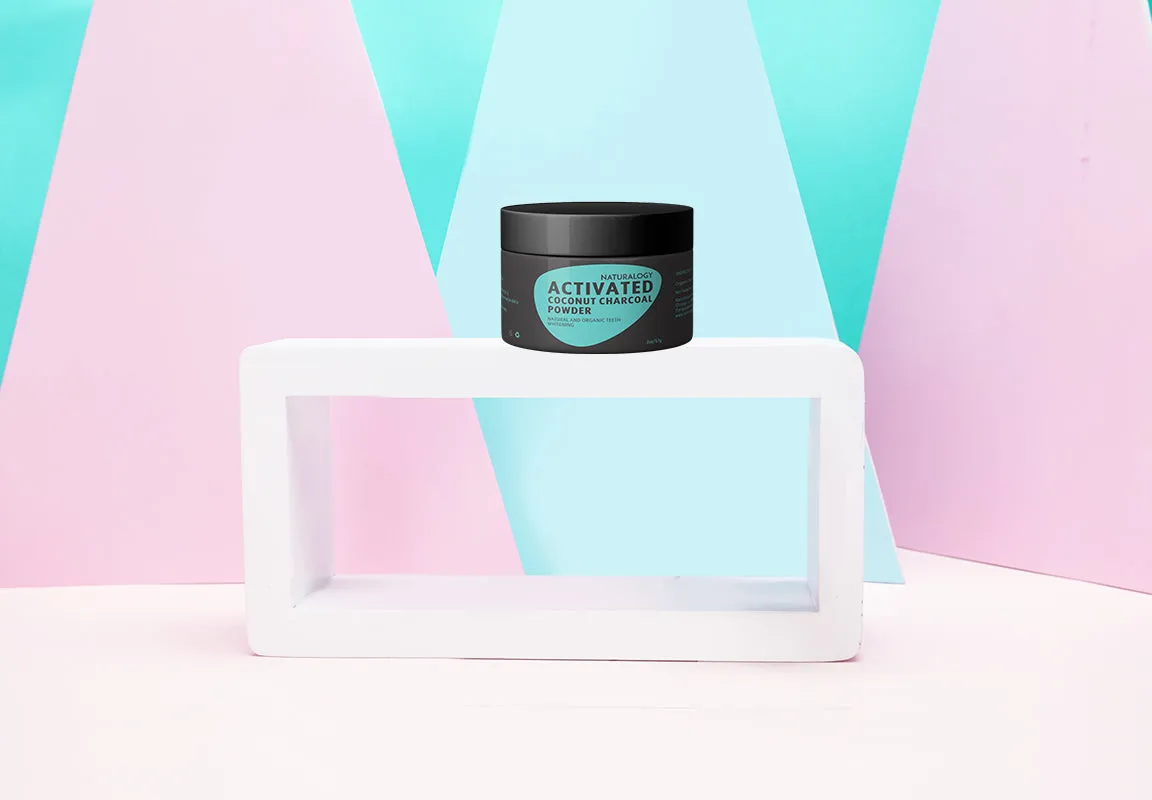
There are several ways to apply activated charcoal. The most common method is to dip a wet toothbrush into the activated charcoal powder, ensuring that the bristles are lightly coated. Alternatively, you can mix a small amount of charcoal powder with a few drops of water to create a paste. For charcoal-based toothpaste, simply squeeze a pea-sized amount onto your toothbrush. Be careful not to use too much charcoal, as it can be messy. Ensure the entire surface of your teeth is covered with the charcoal. This is an important step for ensuring the teeth whitening process works efficiently.
Brushing Your Teeth
Gently brush your teeth in small, circular motions for about two minutes, paying attention to all surfaces of your teeth. Avoid brushing too aggressively, as this can damage your enamel. Focus on areas where stains are most noticeable. Be patient and ensure you reach all areas of your mouth. It is important to do this gently, as it can be easy to brush too hard. Be sure to thoroughly brush your teeth with the charcoal.
Rinsing and Evaluating
Rinse your mouth thoroughly with water until all the charcoal is removed. It may take several rinses to remove all traces of the black powder. You can also brush your teeth again with regular toothpaste to ensure all the charcoal is gone. Examine your teeth in a mirror to see if you have achieved the desired results. You may see an immediate difference in brightness, or it may take several uses to notice a change. Evaluate the results and assess how the process is working for you. This will help you decide how often you should repeat the process.
Achieving Best Results and Tips
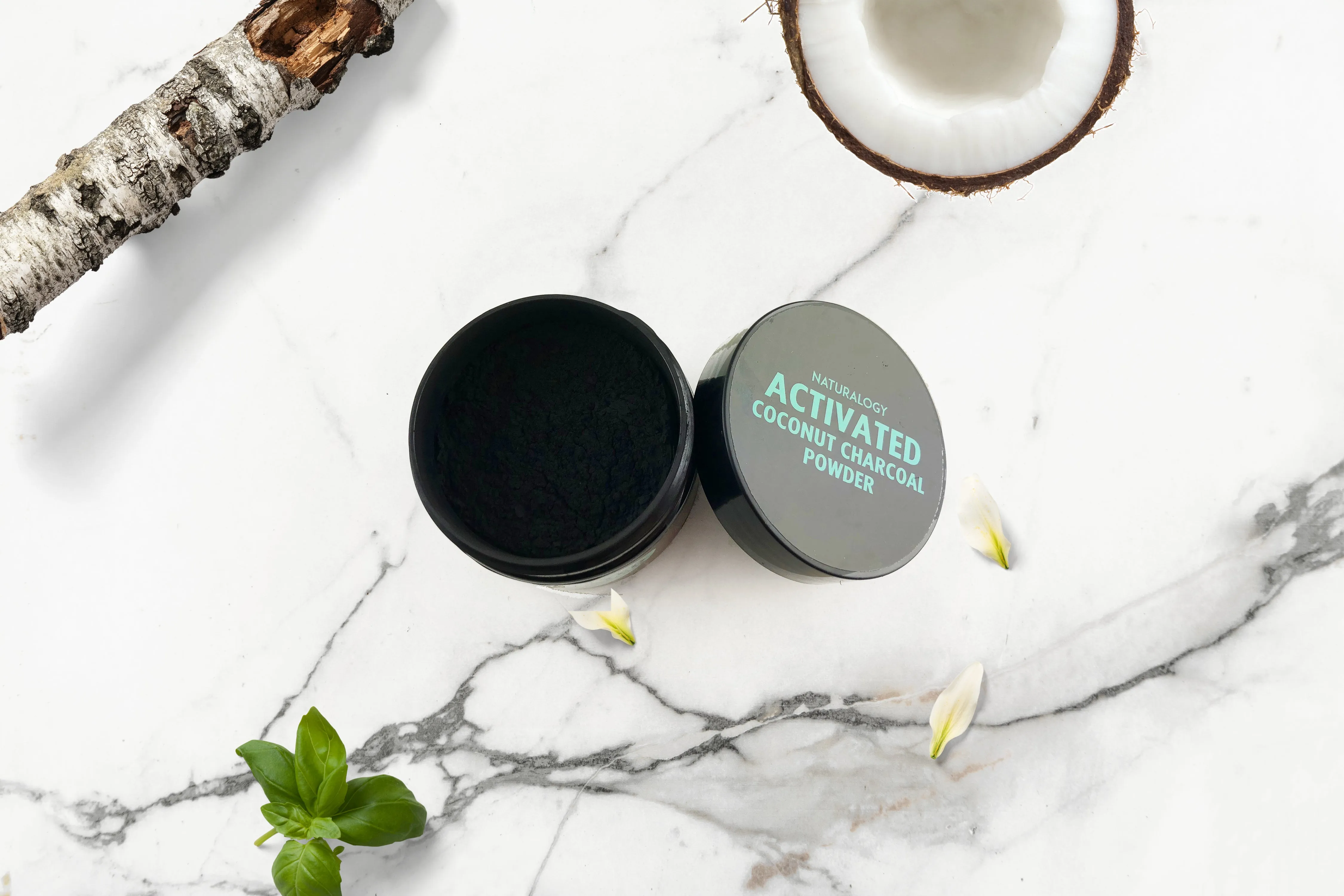
To maximize the effectiveness of activated charcoal for teeth whitening, consider a few additional tips. Consistency is key, so incorporate activated charcoal into your regular oral hygiene routine. Combining activated charcoal with other natural teeth whitening methods can also enhance results. However, it is important to know that the results can vary. What works for one person may not work for another. Be sure to take proper care, and do what is best for your teeth. These tips can help to maximize the results of the activated charcoal process.
Frequency and Consistency
For best results, use activated charcoal once or twice a day, or as needed. Overuse can potentially lead to enamel erosion. Start with a few times a week to see how your teeth respond and adjust the frequency accordingly. Consistency is crucial for achieving and maintaining a brighter smile. Create a routine and stick to it to see the best results. Maintaining the right frequency will help get you the results you want without harming your teeth.
Avoiding Potential Side Effects
While generally safe, activated charcoal can cause some potential side effects. Using it too aggressively can lead to enamel erosion. Always brush gently to avoid damaging your enamel. Some people may experience temporary tooth sensitivity. If this occurs, reduce the frequency of use. If sensitivity persists, consult your dentist. If you have any concerns, it’s always best to consult your dentist for personalized advice.
Maintaining White Teeth
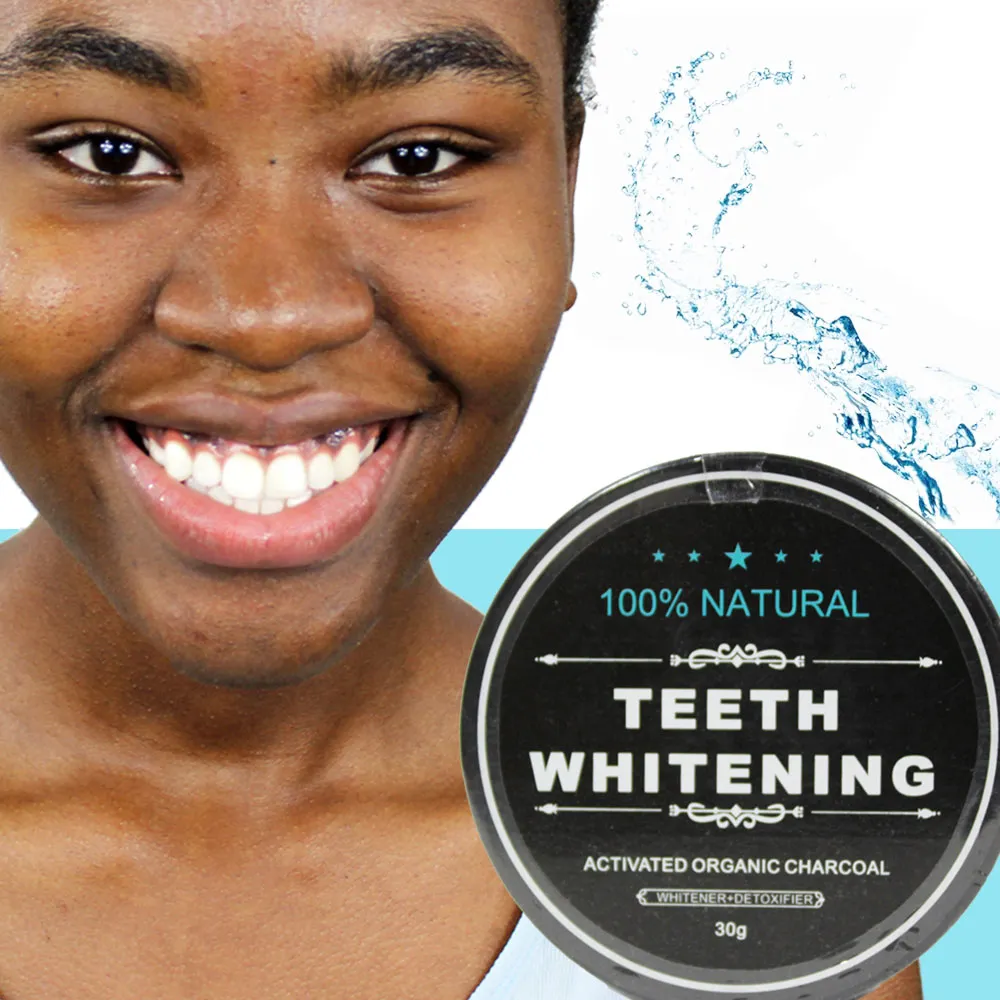
Maintaining your newly whitened teeth involves adopting a good oral hygiene routine and making some lifestyle adjustments. Regular brushing, flossing, and professional dental cleanings are essential for keeping your teeth healthy and bright. Additionally, certain dietary and lifestyle choices can impact the longevity of your results. Following these tips will help you maintain your smile, and will protect your teeth for the future.
Dietary Adjustments for Teeth Whitening
Certain foods and drinks can stain your teeth, diminishing the effects of teeth whitening treatments. Minimize consumption of coffee, tea, red wine, and dark-colored beverages. Consume these in moderation, and rinse your mouth with water after consuming them. Avoid sugary foods and drinks, which can contribute to tooth decay and staining. Embrace a diet rich in fruits and vegetables to promote overall oral health. Making dietary adjustments can significantly impact the longevity of your results.
Other Natural Teeth Whitening Methods
While activated charcoal is a popular choice, other natural methods can contribute to teeth whitening. Oil pulling with coconut oil is believed to remove bacteria and reduce plaque. Baking soda, used sparingly, can help to gently remove stains. However, overuse can be abrasive. Hydrogen peroxide, used at low concentrations, can also whiten teeth. Be cautious and consult your dentist before trying any new methods. Combining these techniques with activated charcoal can help improve your results. Finding other natural alternatives can help you find the best way to take care of your teeth.
